The similarities between Taiji Quan 太極拳 and Baji Quan 八極拳 explained by Master Adm Hsu
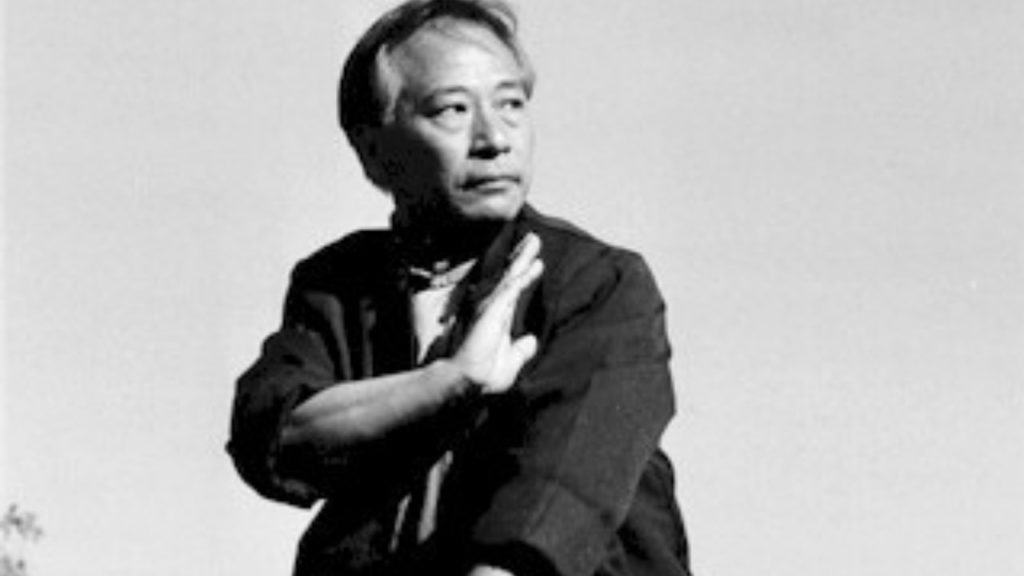
Baji vs. Taiji – Only One Dot Different
Written by Adam Hsu (Translated by Joan-Huey Dow)
THE STORY
It occurred many years after I started learning baji from my Sifu Liu Yun-Chiao. Sifu Liu evaluated my “Baji structure form” and “Baji fist form,” but he was not satisfied. Why? He said I punched fiercely and slammed ruthlessly. I was way too hard in my practice. I did not do well in terms of the basic principles of “embedding soft in hard” (剛中求柔) and “evolving hard from soft” (柔裡調剛).
Sifu Liu clearly explained: “Practicing Kung Fu is the same as interacting with other people. You should be firm on the inside and flexible on the outside. However, you practice your Kung Fu the same way as you interact with others; You are firm both inside and outside. How could you live like that?” Then he told me to practice Baji with “no stomping” from the leg and “no power issuing” by the arm. I followed Sifu Liu’s orders to practice. However, I felt everything was wrong with my entire body; I was extremely uncomfortable! I was not able to meet Sifu Liu’s expectation of “embedding soft in hard” and “evolving hard from soft.” Sifu Liu found no other way to correct my problem, so he took me to his good friend, Taiji Sifu Tu Yu-Chi, to learn Chen style Taiji Quan. It was Sifu Liu’s well-thought-out intention to help me fix my deficiency: Use Taiji to improve my Baji. Then, entirely beyond my expectation, I liked Taiji very much and enjoyed practicing it!
Only “One” “Dot” Different
Sifu Liu retired from the army at the level of colonel. Using his modest pension, he founded a magazine called “Diamond Sutra” for literature, history, and arts. Due to the lack of funding and submitted articles, sadly, the magazine closed down after publishing only two issues. However, this revealed the cultural level in Taiwan at that time, about sixty years ago. To everyone’s surprise, Sifu Liu applied for permission again to publish a new magazine, “Wu-Tang” for martial arts. He assigned me to be the magazine’s editor and president!
One funny incident happened during the tough and lonely time working for the magazine: A reader wrote a letter to the magazine asking if there was a typewriting error for several articles on Baji; Had the worker in the printing room mixed up some words? (There was no typewriter for Chinese characters. Each character was carved individually on a piece of metal; Workers picked individual pieces and arranged them in trays accordingly for printing.) The first character for Taiji (太 極) and Baji (八極) are only different by a horizontal stroke, which is the same as the Chinese character one (一) and a small dot. Is it possible that workers in the printing room mistook ba (八) for tai (太) and so made Taiji into Baji. Everyone laughed about it! We can make “tai” to “ba” just by removing “one” horizontal stroke and one “dot,” isn’t it true? However, this incident led me to think deeply afterward: Putting aside the question of whether it’s a mistake, had the reader read the content of the articles? Are the kungfu principles discussed in the articles for Baji? Or Taiji? Then I read and studied over and over. For the same article, is it right to use the title Baji? Is it better to change the title to Taiji? The honest and correct answer is: Both are fine. There is nothing wrong, one way or the other. So, you see: Isn’t it true that the difference between Baji and Taiji is just “one” “dot” only.
From the Same Root
Traditional Chinese Kung Fu has lived for several thousand years. There are Northern and Southern systems and countless styles. It’s like a lush tree with lots of juicy fruit hanging from its branches. It is gorgeous and dazzling. The reason it has such a good harvest lies in its trunk and root. Although every style has its own characteristics and specialty, their underlying principles are all the same. Coming from the same source, they built the traditional Chinese Kung Fu that is very different from the martial arts of all other countries and races on earth. It was a unique achievement in the history of human culture, one that no one could compete with! No matter what styles they are and where they originated in China, there are always variations in their operating methods and basic practices. Yet they all belong to the same family and live under the same roof. It can be further explained: Any style deviating from this root is not Chinese Kung Fu, or even no longer Kung Fu at all!
Three Types of Taiji
Many countries invaded China at the end of the Qing Dynasty. Their firearms defeated Kung Fu, and China lost wars repeatedly. China ceded territory and paid indemnities. The impact was so profound and heavy that people’s self-esteem and self-confidence in the nation dropped to its lowest point. At that time, Yang style Taiji was brought to Beijing. In order to make a living, its promoters created new theories to practice Taiji softly all the way. They talked about the I Ching, Tao Te Ching, two forms, four phenomena, eight diagrams, Taiji, etc. to attract students and promote themselves. This approach was opposite for Chen Taiji’s system, in which, based on the progression of Kung Fu structure, the cannon fist form followed the old frame. The development of Yang Taiji after Kung Fu retreated from the battlefield was so successful that many others started to imitate this approach. Thus, connecting with Xing Yi and Bagua, a brand new chapter in the history of Kung Fu was born and called “internal style.” In actuality, the so-called “Internal Kung Fu” were just mediocre “external Kung Fu!” Various schools and families of Taiji were derived from it and became extremely popular. They competed with each other aggressively and tried to be better than others! Over the last decade, “Soft Taiji” has spread out not only throughout China but also everywhere in the world. Lots of people from all nationalities, races, age, or gender have learned it!
Let’s examine and analyze all styles of Taiji honestly. Roughly they can be divided into three types:
1. The first type: Of course, it’s Taiji “Quan” that keeps the original character of Kung Fu. Yet, very few people practice this type. For Chen Taiji, only “old frame” remains. Almost nobody practices “Cannon fist” anymore. Even if people practice it, it no longer looks like “Cannon fist!” Baji is not the only style that has to issue power; Chen Taiji qua’s “Cannon fist” must issue power too! They both are Kung Fu! In the old days at Chen village, did they use soft and slow movements to fight off invaders and win battles?
2. The second type: When Taiji “Quan” advocates only soft movements, it becomes Taiji “exercise.” This type does not care about fighting function, basic skill, details of each move, and correctness. Its purpose is to enhance fitness and address health problems. This type of Taiji is suitable for people of all ages and any gender. Furthermore, people at any level of physical condition can do it! Taiji “exercise” has been thriving for a century. There is vivid evidence to show that it’s more effective in improving health than Taiji “Quan!” “Quan” is intended to kill people; while the intention of “exercise” is to save people. After all, “life-killing saber” is not as good as “life-saving sword,” right? Taiji “exercise” serves the community and brings benefits to people. It also promotes Chinese arts and culture. To date, Taiji “exercise” is taught everywhere on earth, although the Chinese still use the original name, Taiji “Quan.” Actually, in the western world, it has been introduced as “Taiji.” The end word “Quan” or “Chuan” is not necessarily used anymore!
3.The third type: It is a disaster when people discard “Quan” and move away from “exercise” to create Taiji “religion!” Religion is important to human beings. It’s not a bad thing as long as people don’t become superstitious. The problem is the cult. Taiji “religion” follows the path of a cult, a one-way street to a deceitful and unrealistic place. May I ask: is it possible to practice “Quan” or “exercise” without the need to change clothes, sweat, squat, twist, accelerate, and develop physical strength? It is achievable for Taiji “religion.” Also, it takes form practice as a ceremony of worship. The “religion” leaders and members teach, demonstrate, and publish books. They believe, as long as they continue practicing this way, they will gain superpowers to fight off thousands of people single-handed! This is contrary to science and very distant from common sense as well. Even little kids know that it’s not true. However, many grown-ups and also highly educated people believe in it without any doubts. They are willing to do anything to protect it!
There are many Taiji theories in ancient literature and poems. All emphasize the importance of “embedding soft in hard” and “evolving hard from soft.” Only soft without hard is equal to surrendering before going to the battlefield. It’s unbelievable, but it does exist. Taiji “religion” eliminates “Quan” and “exercise” from Taiji. However, it’s so charming and exerts a powerful influence on the personalities and lives of its believers. It’s horrible!
High Mountain vs. Flowing Water
The training of traditional Chinese Kung Fu must have “internal circulation” and “external movement” together; “body” and “mind” closely working hand in hand. If there is any deviation from this principle, it is not a traditional Chinese Kung Fu; it is martial arts from other countries. Whether Baji or Taiji, all styles of traditional Chinese Kung Fu must use body and mind simultaneously for every move and every posture. There must be no departure from this rule at any moment. The way to operate the mind in traditional Chinese Kung Fu is: When practicing a posture or a form, our arms/legs/body move horizontally on the surface of the earth, sometimes standing and sometimes squatting. However, our mind must move vertically, up and down, like traveling in a “high mountain and deep valley” to control our body movement.
When rising, we must straighten and turn internally to attack the opponent or defend one’s self. When sinking, we must feel like melting into the ground and penetrating three feet or so underneath. That’s why the first lesson for Baji is stomping. Internal movement is the major difference between Taiji “Quan” and Taiji “exercise.” Taiji “exercise” has helped improve the health of many people, and so there is nothing wrong with it. Taiji practitioners all over the world have already proved this. Also, many Chinese/western doctors, specialists, and scholars have used medical theories to support and praise its health-enhancing effect. However, Taiji “exercise” is certainly not equal to Taiji “Quan!” It’s good for health and fitness, but it doesn’t include the Kung Fu functions that enable people to fight with others or defend themselves.
The best evidence is: Taiji “Quan” requires the full concentration of the mind; it operates vertically like “high mountain and deep valley.” Taiji “exercise” can be done with or without the full concentration of the mind; it operates horizontally like “flying cloud and flowing water.” As long as it is Kung Fu, no matter what style it is, and Baji is no exception, the most basic training of the mind is the vertical operation of “high mountain and deep valley,” sinking into the ground and rooting underneath. If it moves away from this, it is no longer traditional Chinese Kung Fu!
The horizontal movement of “flying cloud and flowing water” is a taboo for training the mind. No one should ever do it! The difference is as vast as one being up in the “sky” and the other down in the “valley!” Taiji “exercise” is ambitious and wants to be high up in the “sky.” However, Taiji “Quan” penetrates three feet underneath the earth’s surface and goes deeper into the “valley” to get power from the ground. This is the most important rule of Kung Fu that all practitioners must follow.
“Entire Body is One Fist”
Anyone without martial training can fight with others, except perhaps some people with certain disabilities. Fighting is a natural human instinct. Have you heard parents/teachers scolding kids? “Don’t beat others!” “Don’t fight!” If kids ignore what they say, the grownups yell and beat the kids. Oh, even adults can throw a punch! However, they have never learned martial arts!
This type of fight can be called natural fighting or instinctual fighting, the spontaneous reaction of the arms to attack or defend. In general, it’s done like this: raise the arm to prepare for the move and create enough working distance; then throw the punch and accelerate to complete the attack. Martial arts of all other countries employ natural fighting and then strengthen it through good training. They can attack the target powerfully, precisely, intensively, and continuously. It’s entirely different for traditional Chinese Kung Fu. Kung Fu doesn’t use the arm, but the entire body to punch. This goes for both Baji and Taiji. Can anybody train the arm to be bigger than the waist? How about adding the feet, leg, back, and shoulder? In other words, a punch is not done just by the arm. It must start from the foot and the leg, go up to the hip and the waist, enter the back and the shoulder, and then is completed through the arm. This is how all styles of traditional Chinese Kung Fu execute a punch, no exception for Baji and Taiji!
Moreover, it is a must! There are many popular sayings in the Kung Fu community like “the entire body is one fist (全身一拳),” “spiral through the whole body (週身大纏),” and even “use the leg to punch (用腳打 拳).” They all refer to the same operation.
That’s why mastering Chinese Kung Fu requires learning and practicing over a long period. Is it easy for this type of operation, using the entire body? Can you achieve it without using your mind to initiate, guide, manage, and control your body? This is the unique character of Chinese Kung Fu: “the entire body is one fist,” “from the bottom to the top (由下而上),” “from the back to the front (從後到前).” You absolutely should not be distracted, i.e., your mind disconnected/disappeared/deviated/distorted. Then, can we train the body but not cultivate the mind? It would become another type of martial art that mainly uses willpower, not the mind! Willpower is not a bad thing. It’s willpower if you are loyal to the country, want to protect people, and are willing to take risks. Then what is mind? It’s a unique skill that controls the entire body and its every move. It’s like an intertwined operation that combines and multiplies all actions together. Its blast destroys everything in its way. Very few people learn it, and very few people can achieve it either!
Baji vs. Taiji
China has a long history and rich cultural heritage. Our ancestors passed down numerous classics of literature, biography, “Complete Library in Four Sections,” and various schools of philosophy. However, most scholars in ancient times had no martial arts training. Therefore there were very few written records for the highly sophisticated traditional Kung Fu. Unfortunately, this blank space became the playground of dishonorable martial practitioners who fabricated fake stories and bragged to boost their prestige. For baji, they only applied brute force to hit or strike without proper skills and basic principles. There possibly were tricks taught by word of mouth. However, they kept the tricks secret and were reluctant to teach others!
It was an entirely different story for Taiji. Countless Taiji manuals and books were published, quite wonderful for the Kung Fu community. They not only provided valuable guidance for Taiji practice but also pointed to a direction where various styles of Kung Fu can live and train together. It is a miracle. I am grateful for seeing these precious records.
How lucky was I? How rare and unexpected it was? My sincere gratitude to Sifu Liu, who took me to Sifu Tu for training. He helped me to break through my bottleneck. Even with my average talent, I was able to improve my skill and see the beauty and wealth of Kung Fu! During that tough period, I was trained by Sifus face to face and experienced their live demonstrations. My Kung Fu “textbook” was not from Baji but many Taiji manuals and books! Tracing back to my years of youth, I was shocked and excited to find so many similarities and even the same principles between Sifu Liu and Sifu Tu. I was excited and speechless. There was one thing beyond my expectation: Sifu Liu had been training me in Baji on technical skills. At the same time, he gave me homework: “The Book of Taiji Quan Theory. You have to memorize it and then recite it in front of me!”
Later I discovered something even more shocking: Sifu Liu had memorized the Book of Taiji Quan Theory well when he was young. It happened in Huang county of Shandong province (now rezoned to Longko City). When Sifu Liu was in his early twenties, he liked to test his skills and discuss his knowledge with others every day. No wonder when Sifu Liu scolded me with words of wisdom, it sounded so familiar! How come what he said was always consistent with the ancient book!
It is not weird to apply Taiji theories to Baji training. What’s strange is: There are so many precious Taiji theories, so why has Taiji “Quan” disappeared now. Why does only Taiji “exercise” remain to improve our health? Why do people foolishly believe in Taiji “religion” and get so crazy for it? How about Baji? So many people trained in Baji for their entire lives, but they never learned how to be soft and therefore, could never improve their skills. There are many branches of Baji in China. Many of them have separate forms called “hard baji” and “soft baji.”
Sifu Liu learned unique skills from grandmaster Li Xu-Wen at a later stage of his life. He did not use “forms.” Instead, he studied “basics.” The training started from hard first and then soft; at the end, it reached the stage of “hard and soft mutually support each other (剛柔相濟).” This is the ultimate achievement! With my physical and mental limitations, it was quite hard for me to understand. However, I was fortunate that Sifu Liu did not give up on me and Sifu Tu kindly accepted me. Only after my diligent practice over a long period, did I start to get it. The experience is so personal that no words can describe.
Have the Best of Both
I practiced Chen style Taiji “old frame” and “Cannon fist” under Sifu Tu’s guidance. Then I learned Taiji theories from the books of Taiji manuals and theories written in ancient times. I followed Sifu Liu’s instruction to dig in-depth to improve my skill level. I practiced “Baji structure form” and “Baji fist form” over and over, although I was already familiar with them. I examined all the details and cycled through every move. However, the most important guiding theories actually came from those ancient documents on Taiji!
The basic rule for all practitioners is: all practice must be “Quan,” not “exercise,” and should never be “religion.”
To interpret the valuable ancient martial arts documents correctly, one must understand and verify through actual doing with one’s body and mind. Confucius taught more than three thousand students. Only seventy-two were considered outstanding: those who comprehended and performed excellently in the basis of education in ancient Chinese culture, The Six Arts. They mastered through “practice,” not just “study.”
“Master through practice” isn’t equal to knowledge learned in the head. Knowledge in the head is only theory in the air. “Master though practice” is testing with one’s body and mind, and then putting it into real action. I carefully and seriously used my body to test and verify taiji theories. Every time I understood something through my own practice, I was overwhelmed with joy beyond words.
Nonetheless, I found many misinterpretations of taiji theories by famous taiji masters and scholars who have taught students and published books. They misled themselves and others; hurt Taiji and Kung Fu. The books in classical Chinese were written with very concise words. If people just read but don’t practice enough, it’s easy to form explanations at a very superficial level or even make mistakes. It is not unexpected and can be excused.
For example: “determined by the waist” makes people twist their waists. What’s the result? It becomes the ancient execution of “waist chop!” This cuts off the continuity between the upper and the lower body that enables them to work together as one single unit. Thus, one can never achieve the right training of “entire body is one fist” and “spiral through the whole body.” The only way to have the correct interpretation is by “master through practice.” One must practice with one’s own body to feel the twist of the waist at the optimal range, not too large and not too small. One must control each move and each posture strictly within the right range. If one can do it, success is within reach; if not, failure is unavoidable.
The old classical Chinese used too few words. If you add the words “success or failure,” so that the saying becomes: “success or failure determined by the waist,” its meaning becomes very clear! Our ancestors did not say anything wrong. Otherwise, how can those classics be so highly esteemed and passed down over such a long time? The problem is that they are difficult to understand. When making a mistake, one gains no benefit from it but can be hurt. “The entire body is one fist” and “spiral through the whole body” are the standard requirements of traditional Chinese Kung Fu. To achieve this goal, we must truly understand the old saying “power from the spine.” It has been mistaken as power “originates at” the spine. Actually, it means power “travels through” the spine. There is a significant difference between “originate at” and “travel through.”
Power is generated at the foot and the leg, goes up to the hip and the waist, then enters the back and the shoulder. It is “from the bottom to the top.” Then power is delivered to the arm by the waist and the back through the spiral action of the spine. This is “from the back to the front.” The taiji principle of “power from the spine” means: the power generated at the leg travels through the spine and then goes to the front. Kung Fu is for people to practice, not to worship like a religion. The bible is a book for people to read, but it depends on people for execution. What if you don’t get it? The only way is to correct and execute over and over again. There is no secret and no shortcut.
It doesn’t matter if you use Baji to improve your Taiji or use Taiji to deepen your Baji. Baji training can compensate for Taiji’s slowness; Taiji theories provide crucial advice for Baji practice. They are complementary to each other and together make each better. You must pursue the best whether you practice baji or Taiji. Practice slowly and carefully to understand each move and each posture truly; then you will progress rapidly, and nothing can stop you. My deepest appreciation goes to Sifu Liu and Sifu Tu for their guidance. Baji training starts from “hard” training that is “embedding soft in hard;” and Taiji’s practice focuses on “soft” moves that are “evolving hard from soft.” They walk along different paths but go to the same destination. It doesn’t matter what name it has, Kung Fu training is to protect life and no jokes around it! No wonder all styles of Kung Fu are indeed one big family!
Master Adam Hsu
To learn more about Master Adam Hsu, please visit his official website and watch the exclusive video interview on youtube by clicking on the links below.
Website: www.adamhsusf.com
Youtube interview: www.youtube.com/watch?v=jmyj_OlTFGk&t=88s
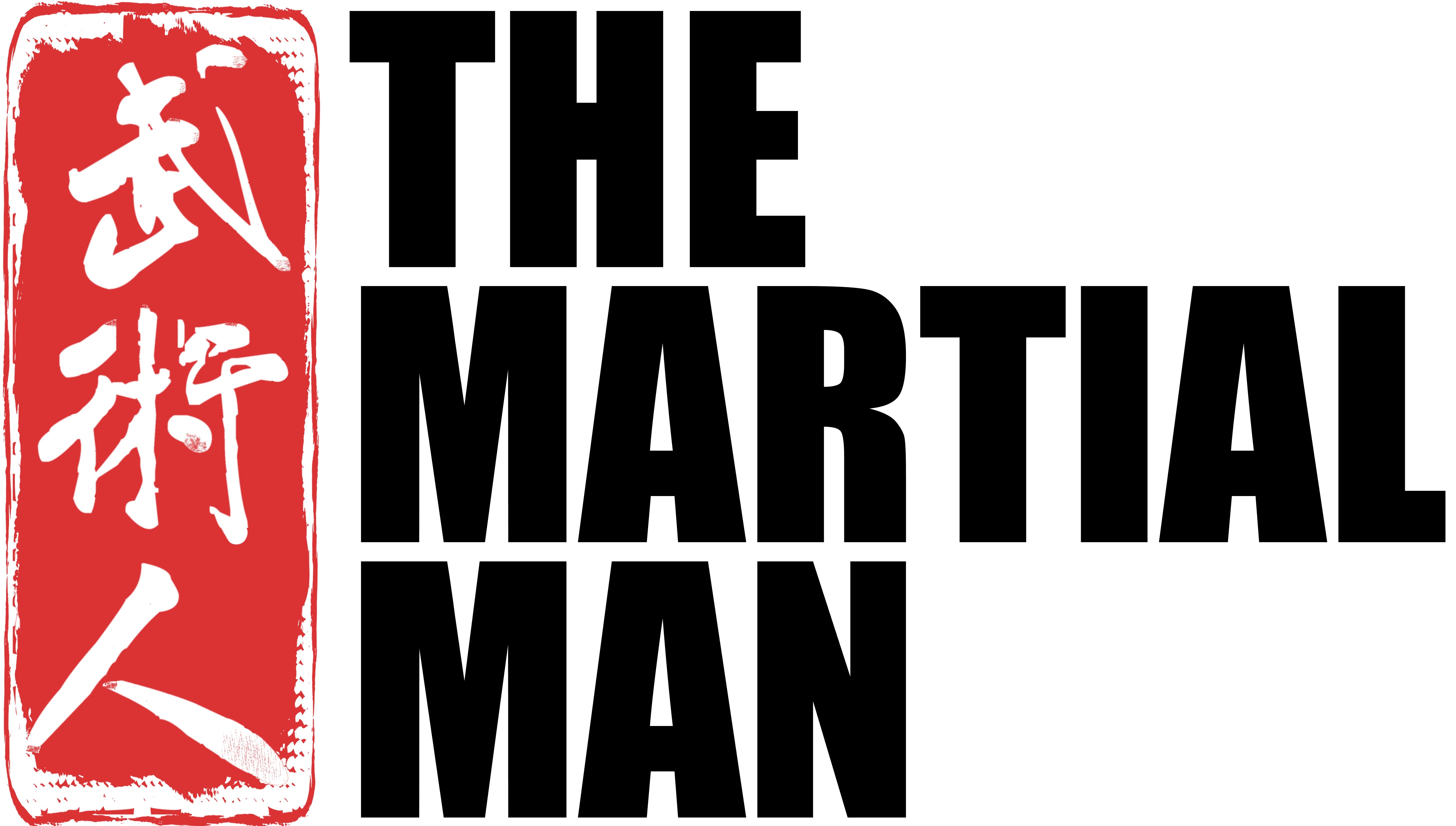
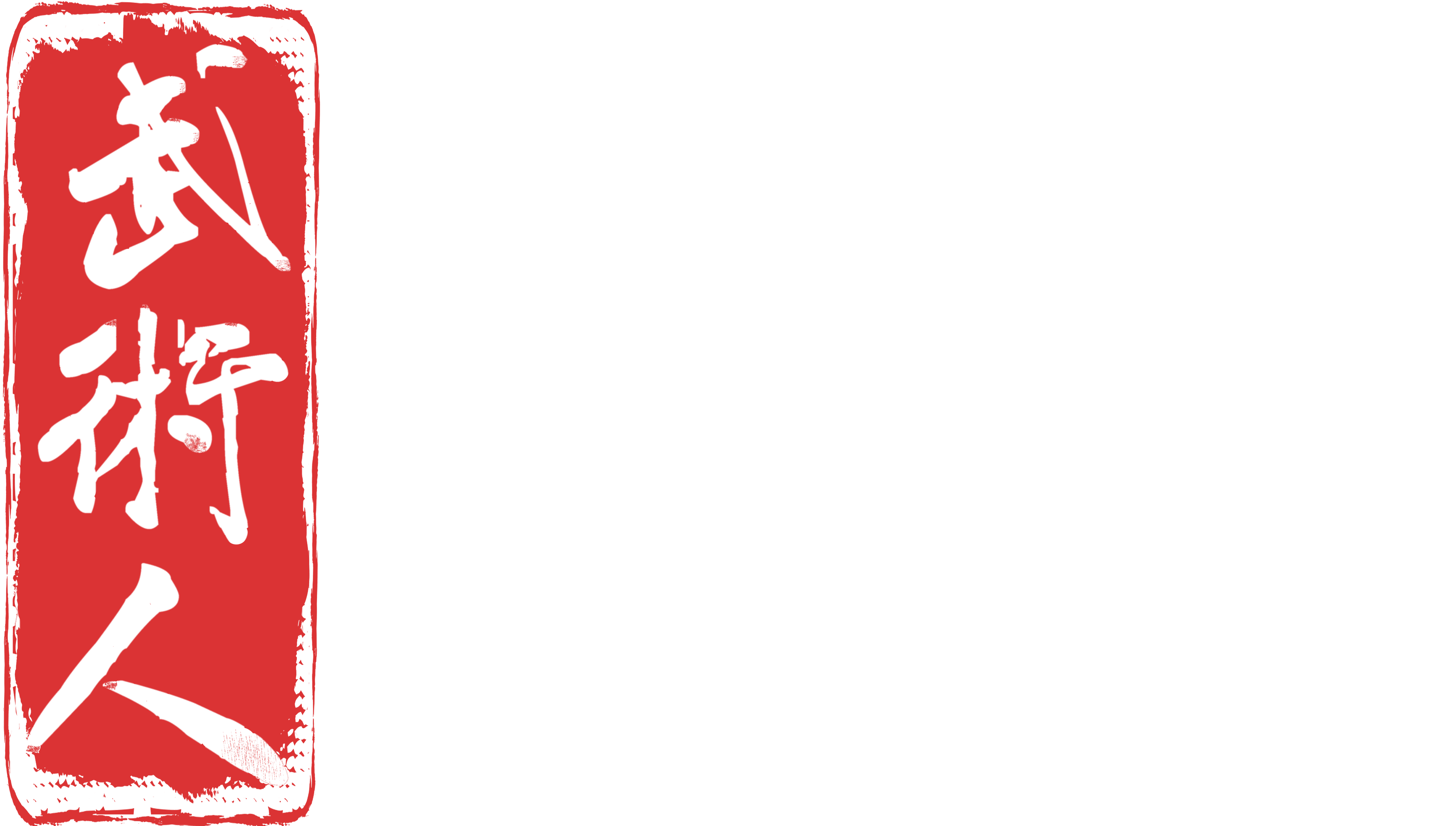
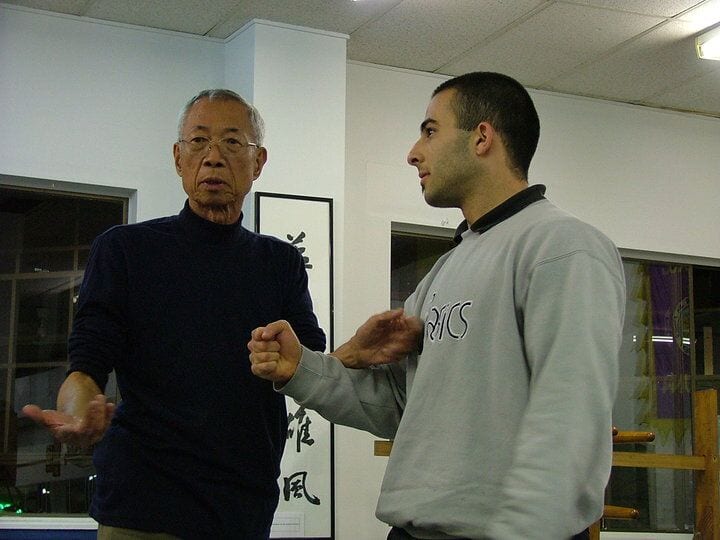

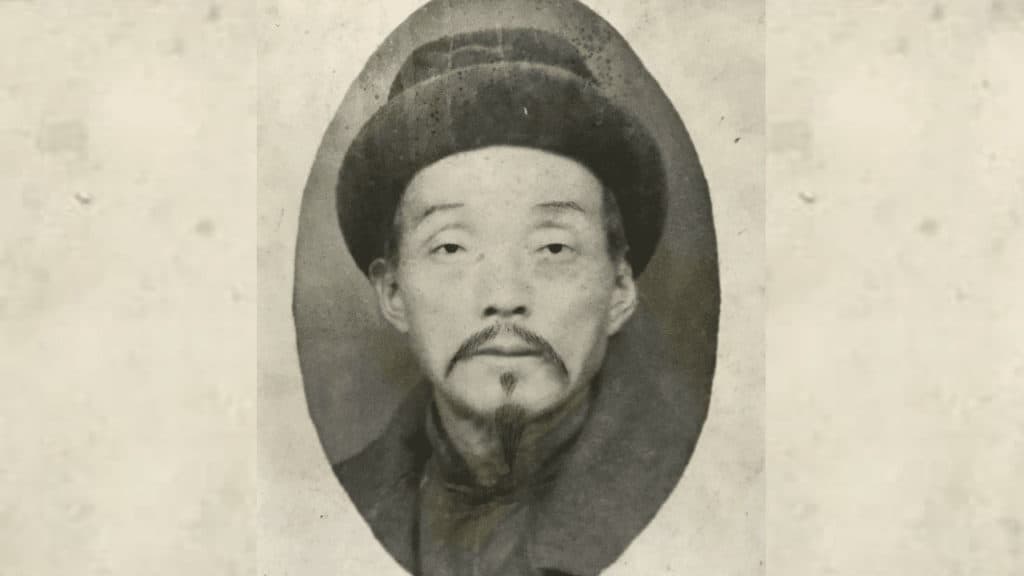
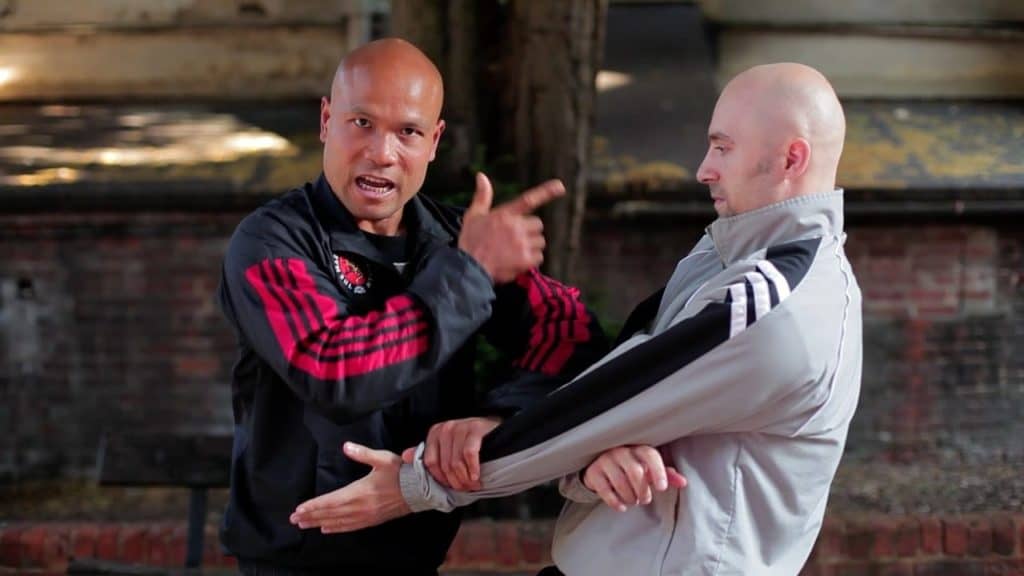
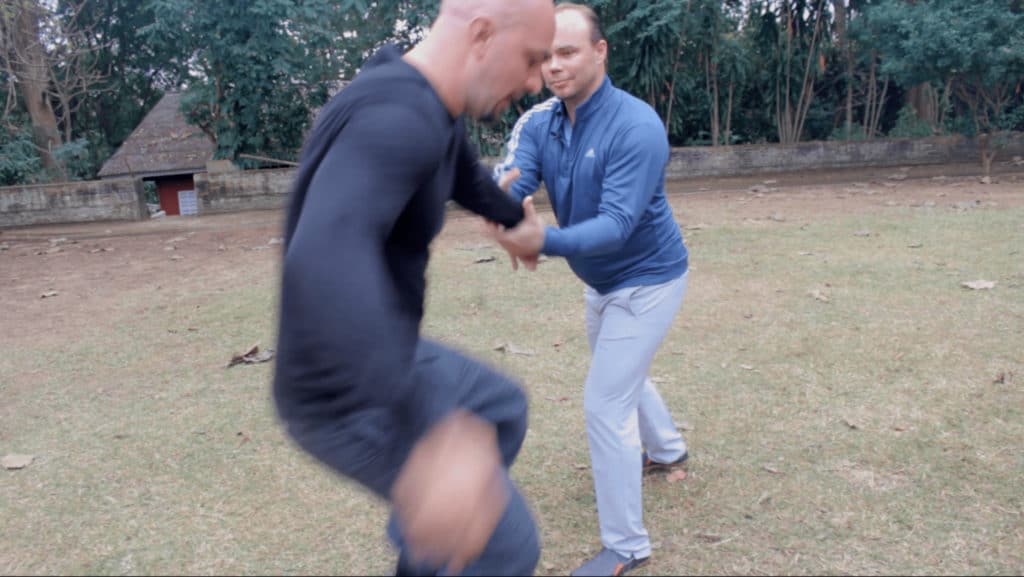
Very correct! I fully agree with mast Hsu’s opinion. All your Kungfu bases on the bottom of your feet.
I really enjoyed what Sifu Adam wrote. He clearly has a lot of experience in his practice of Chinese Gong fu. The three examples of Taiji really hit the nail on the head.
I would appreciate if you can film another feature with Sifu Hsu demonstrating his Baji. That would be marvellous.
I love the Chen Taiji applications video in the members section. 10/10 for content on your site martial man.
I like this “..The basic rule for all practitioners is: all practice must be “Quan,” not “exercise,” and should never be “religion..”
The concept of soft and hard punch, the idea of power travels from the legs to the waist, shoulders etc is a good brief for us who practice Taichi.